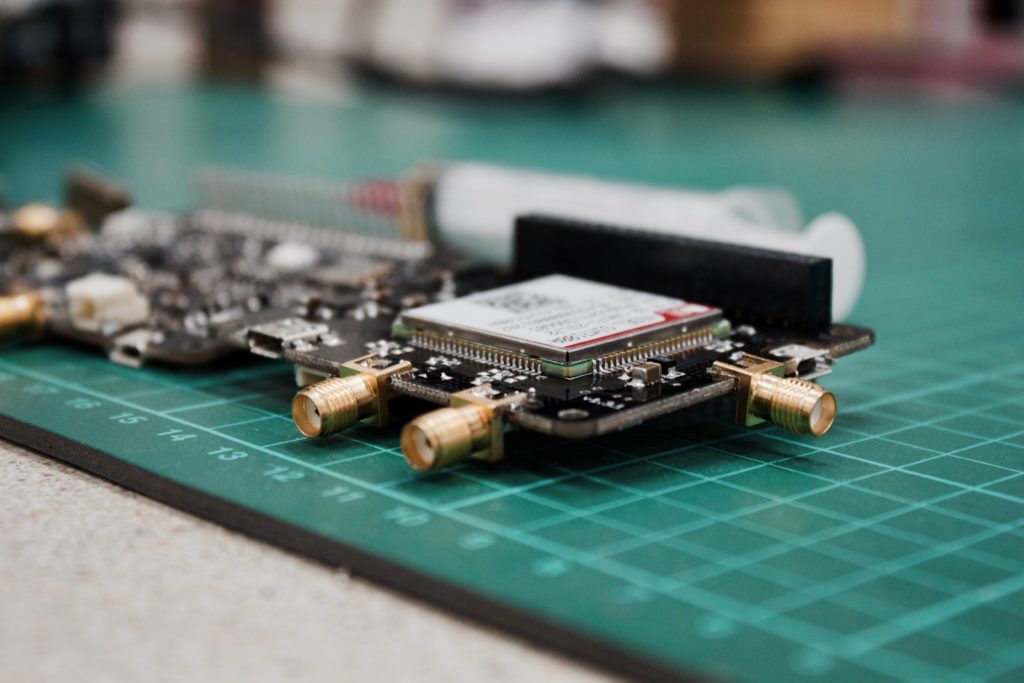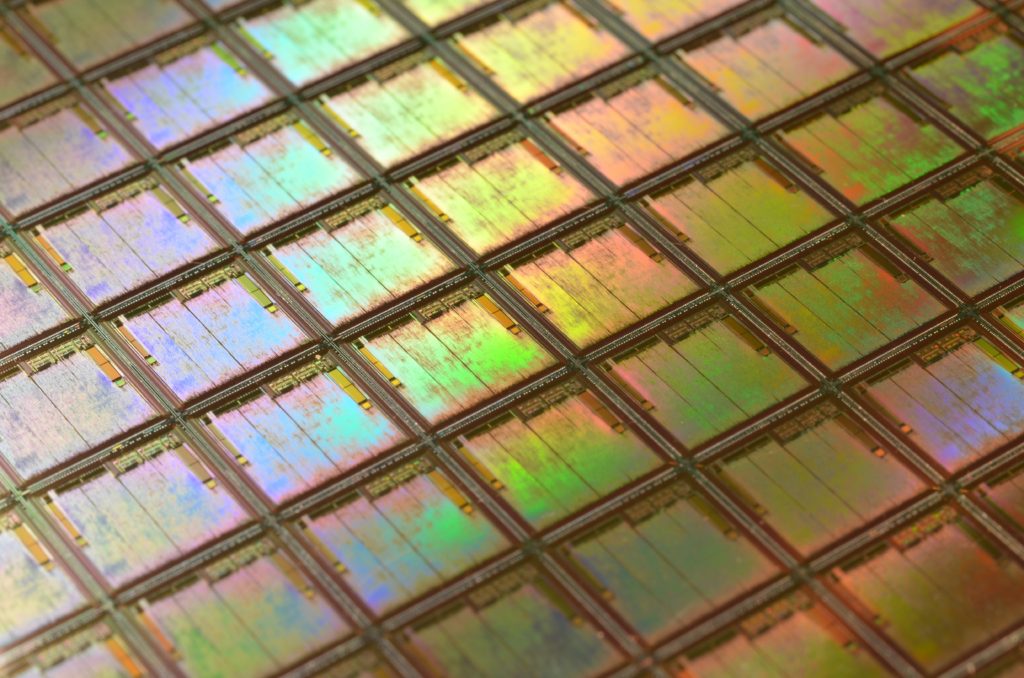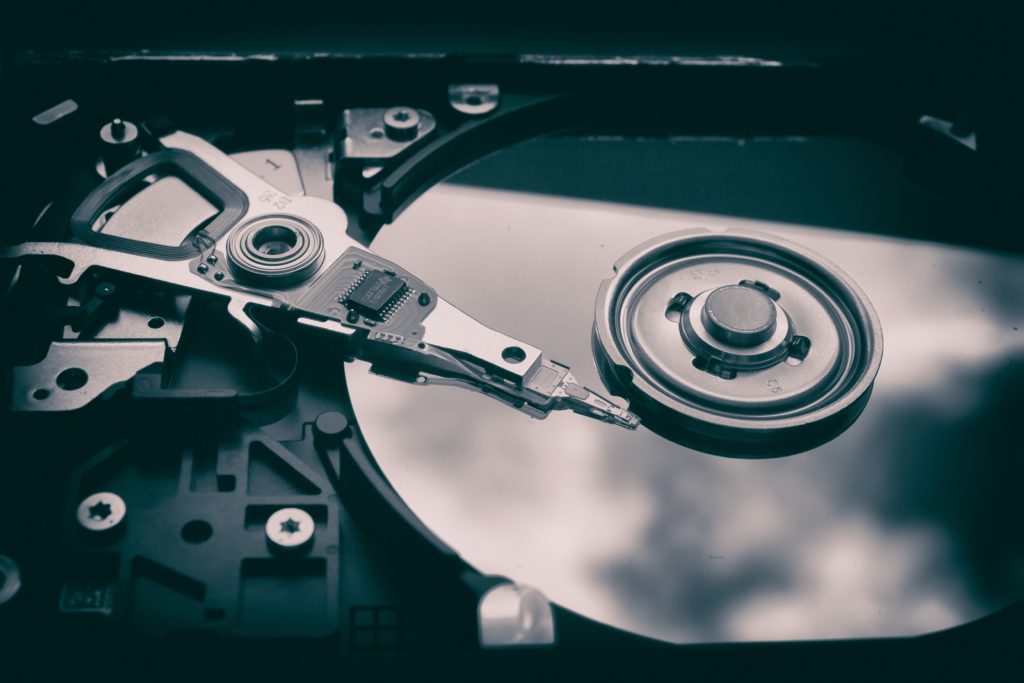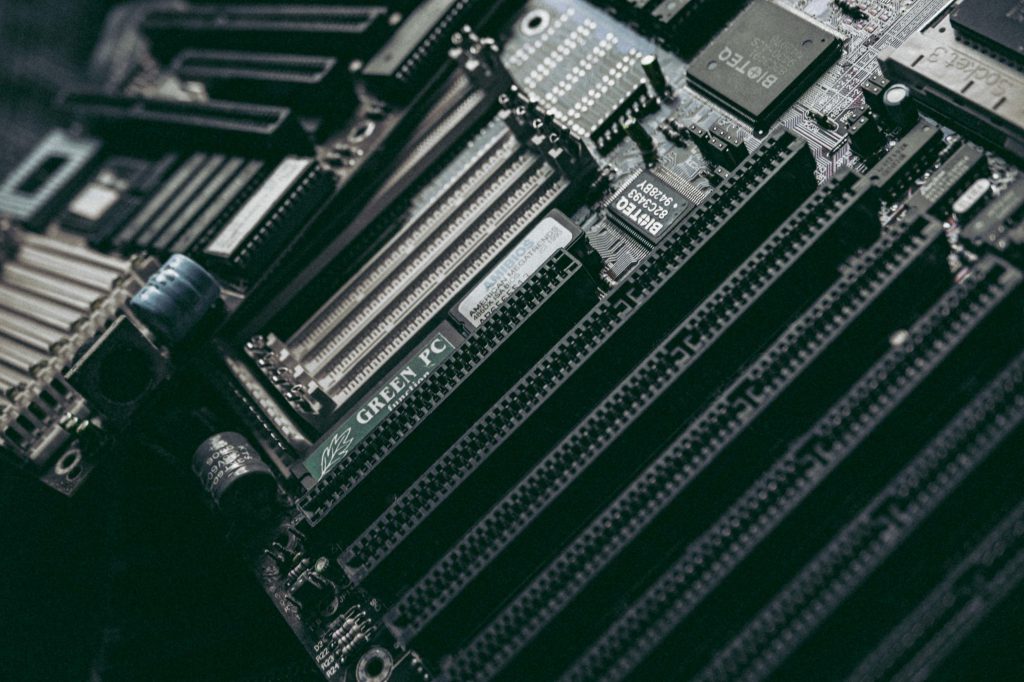Photo by Louis Reed on Unsplash
THE NEED FOR SEMICONDUCTOR DEVELOPMENT BOARD
Semiconductor wafers are fabricated and assembled to produce packaged semiconductor products before it gets shipped to customers. In the production, silicon product then gets mounted onto a system platform.
However, before the production line can use a semiconductor product, it needs to undergo several checks, which require a system-level platform called a development board.
Development Board is a printed circuit board containing the main semiconductor product to be evaluated along with different support components needed to enable users to capture internal and external features of the target product.
Those interested in specific semiconductor products rely on the development board to thoroughly evaluate the capabilities of the silicon. Development board also provide a platform to electronic enthusiast and empowers them with options to test and build different semiconductor driven solutions. The Development board also ensures that the customer can capture the capabilities as promised in the datasheet.
Validation: Validation is the base requirement of any semiconductor product, and the development board provides such an option. Validation ensures that the product works as per the specifications, and it requires the semiconductor product to get mounted onto the development board. Doing so provides avenues to the customer to validate the end product.
Demonstration: Development board enables a platform to drive different demos. These demos give a quick evaluation of how the semiconductor product can develop next-gen solutions. During the consumer electronic exhibition, the development boards play a role by enabling demo of features that can potentially attract new customers.
Not all development boards get designed for the mass market. Several are for a specific purpose and used by the semiconductor design company and their customer only. Development boards for the mass market (Arduino, Raspberry, etc.) have been around for years and have always enabled new ideas.
In the end, the development board needs to have an impact on the end-user. It is only possible based on how good the development board is for evaluation purposes.


THE IMPACT OF SEMICONDUCTOR DEVELOPMENT BOARD
The impact the development board has on the semiconductor product defines how good the platforms can be. Not all products need a development board, but those which do should equip end-user with options to investigate the semiconductor product under evaluation.
Several criteria can define how impactful the semiconductor development board is. Eventually, it all boils down to a couple of critical features that decide whether the development board can provide the much-needed hooks to capture end-to-end features.
Capabilities: A development board provides a detailed evaluation of the semiconductor product’s capabilities, and to capture all the features, it is crucial to provide all the necessary support files, guides, software, tutorials, and other details. Otherwise, the impact of the semiconductor product from its capabilities will be next to none.
Prototyping: All development boards have to comes up with features to drive prototyping. It requires the development board to come with peripherals that allow connection or communication to the next platform. Empowering prototyping also enables the testing of new and innovative ideas. Thus, the impact development boards have from prototyping is crucial too.
The main goal of development is to showcase the system-level capabilities, and it requires several other components to get mounted on the same target development platform. In the end, it becomes the evaluation of several semiconductor products, not just one. And, such an evaluation process is crucial as any production line always requires more than one silicon component to work together.
As several new semiconductor products (mainly on the processor and wireless communication side) come out in the market, the need for development boards will keep growing. New development boards with new semiconductor products also mean new options for the semiconductor market.




















